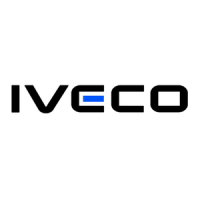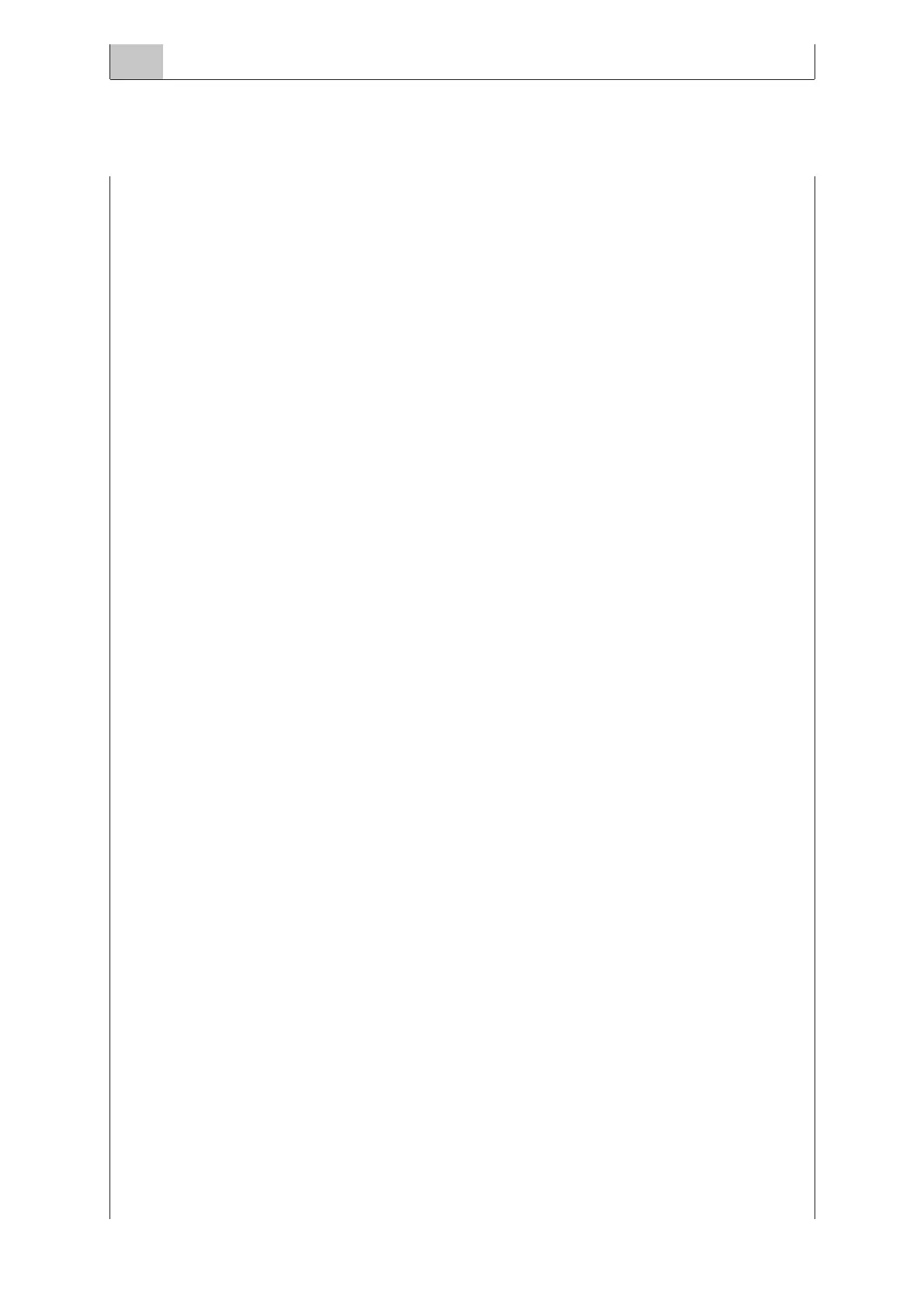Lubrication
On small mechanically-operated inverters the lubrication of gears, bearings and connected parts is car-
ried out by means of shaking due to the partial soaking of the toothed wheels in the oil contained in
the unit box.
On hydraulically-operated inverters, the suitable pump pressurises the oil for the clutch control.Thus,
it will be possible to have two circuits, one at high pressure for the clutches, the other at low pressure
for the normal lubrication and cooling of the parts as mentioned above.
Filtering usually occurs with a mesh filter used for the oil pump suction; in some case a cartridge filter
is used, inserted in the low pressure circuit.
The inverters oil is cooled down through the suitable heat exchanger of oil-water type. On mechani-
cal inverters for low powers, the heat exchanger may not be necessary as the heat produced is dissi-
pated as a result of convection-irradiation through the container fitted with fins.
The oil indicated for mechanically-operated inverters and for epicycloid hydraulic inverters is of type A
for automatic drives; on hydraulically-operated inverters it is normally used engine oil with the right SAE
gradation, not multigrade.
You are recommended to observe the prescriptions given in the reducer use and maintenance hand-
books.
Trailing
When it is not possible to decouple the inverter unit from the boat engine it is advisable to check the
inverter suitability for the so called “free wheeling” or “trailing”, i.e. the condition in which, with the
engine stationary, the boat movement makes the propeller rotate, thus inducing the unit kinematic
motion.This situation can occur in the following cases:
■ Towed boat with engine stationary or twin-engine boat (with separate propellers) travelling with
just one engine while the other is stationary;
■ Motorsailers or sailing boat with auxiliary engine stationary during sailing;
■ Boat moored in waters with strong current.
The induced rotation of the propeller axis driving the inverter directly connected to it can damage the
inverter if the lubrication is not ensured also in these conditions.
Some hydraulically-operated inverters whose oil pump is set in the motion by the secondary shaft do
no have limitations from this point of view, while for others, according to the model, a limited time is
prescribed for these conditions or it is prescribed to start the engine for some minutes in order to
carry out lubrication.
In those cases where the prescriptions are not compatible with the use, it could be necessary to adopt
countermeasures such as a locking brake on the propeller supporting axis or an auxiliary pump for the
lubrication maintenance.
A similar result can be obtained if the boat is fitted with a variable pitch propeller, with the blades feath-
ered or, as for sailing boats, if the propeller is with foldable blades.
Also for this subject refer to inverter-reducer manufacturer’s instructions.
MARCH 2004 DRIVE
3.48
MARINE ENGINES INSTALLATION

